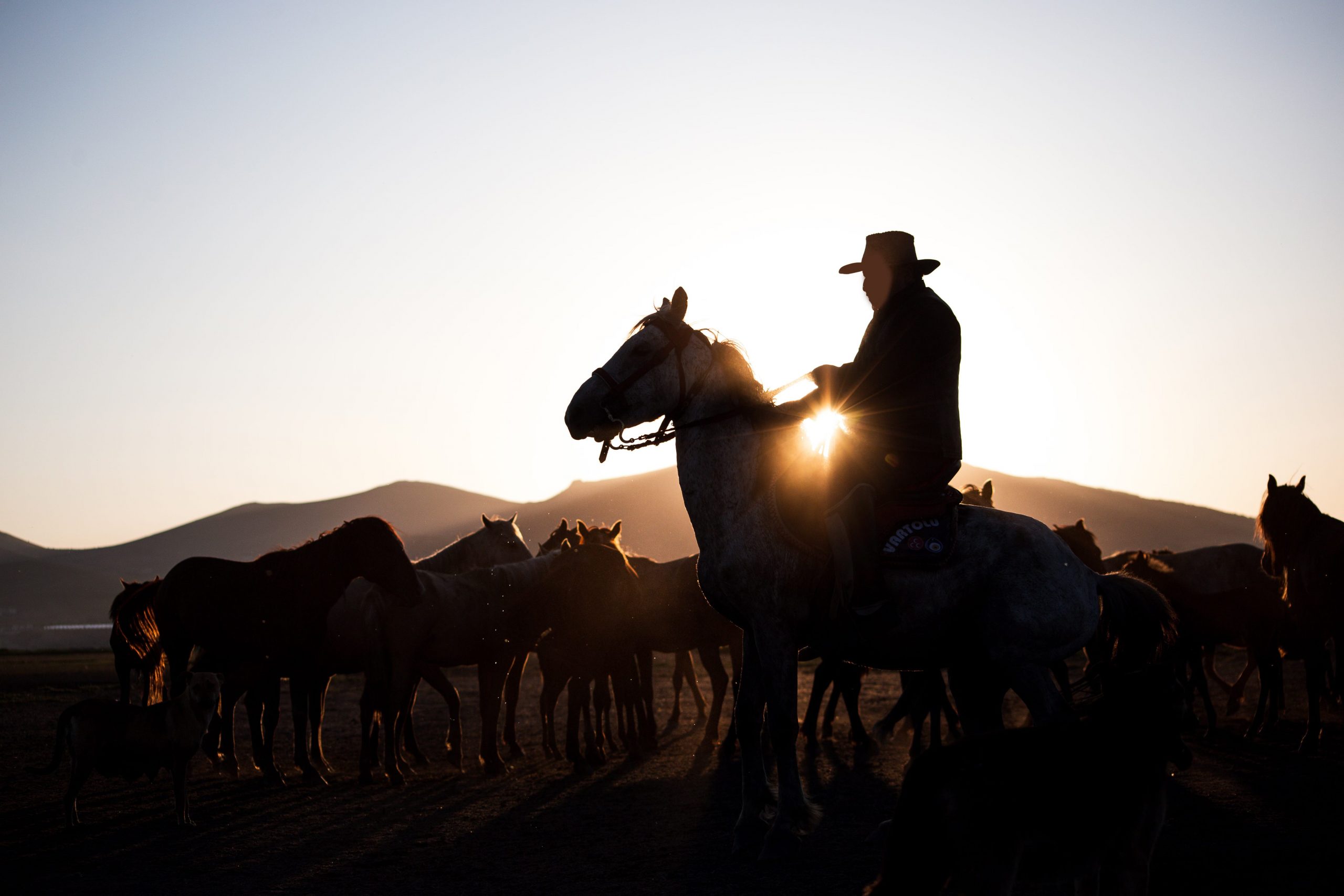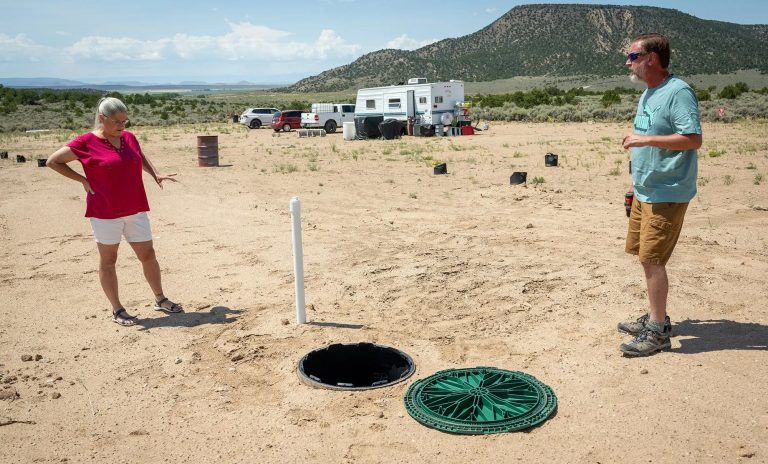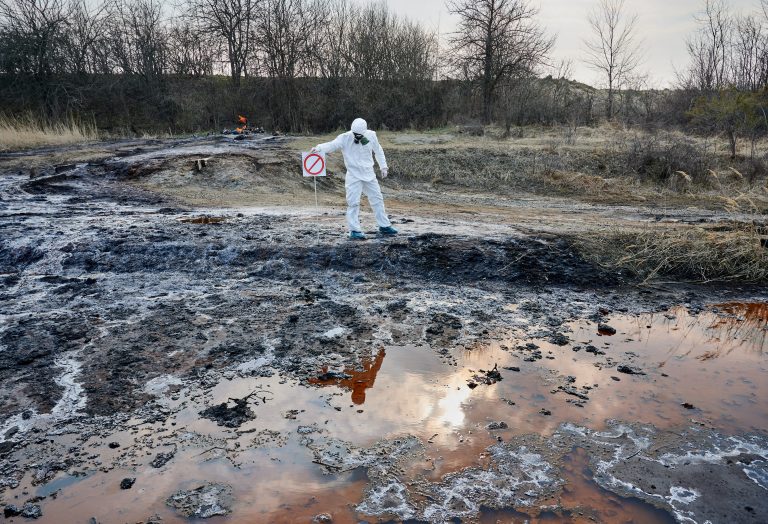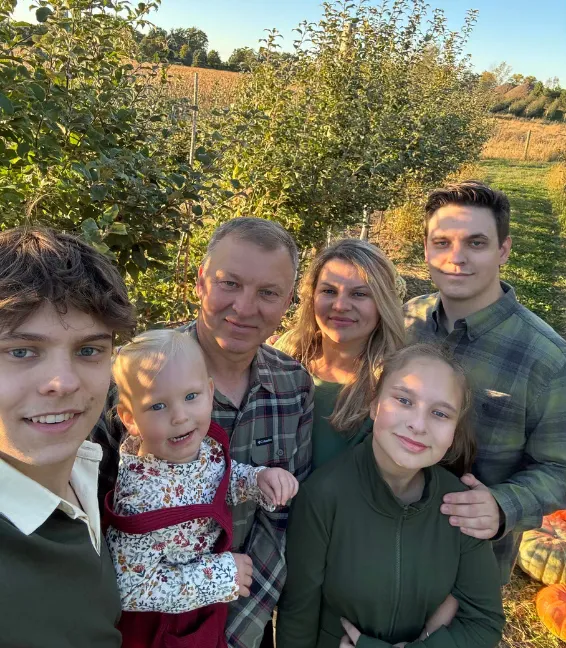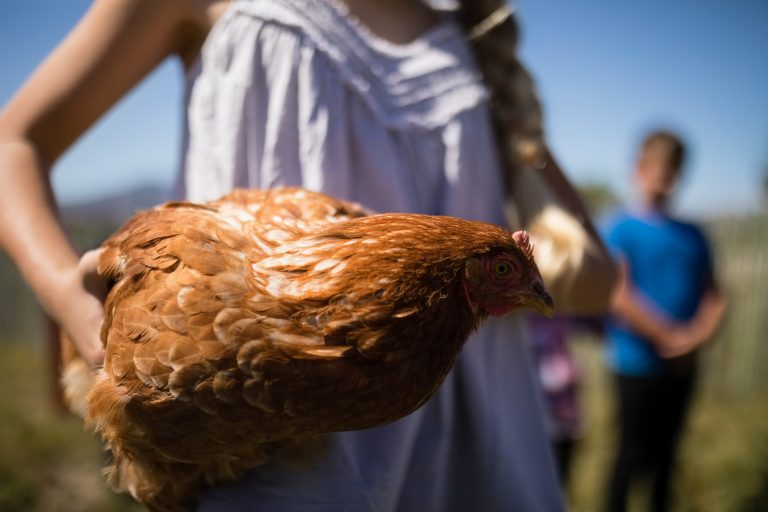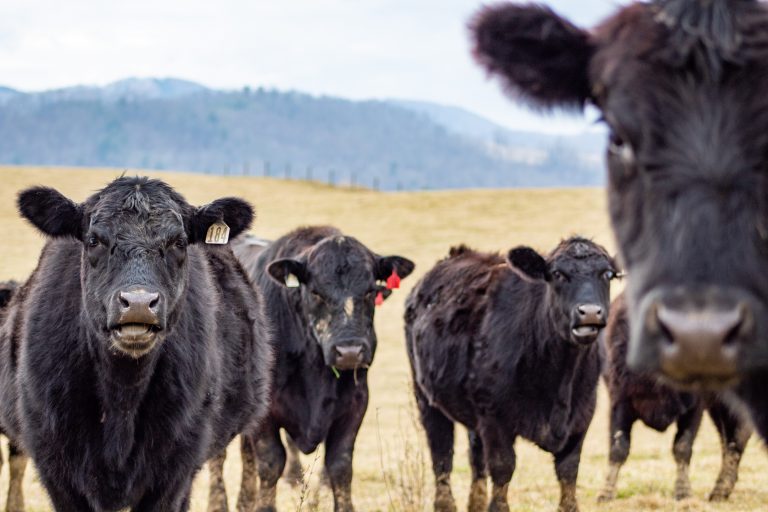Yanasa TV News
Farmers First: A Philosophy Worth Fighting For
In a time when small farms are vanishing from the American landscape at an alarming rate, Secretary of Agriculture Brooke Rollins has delivered a powerful, long-overdue message to the heart of rural America: help is on the way.
After spending her first 100 days visiting farms across the country, Secretary Rollins unveiled the Make Agriculture Great Again initiative—an ambitious policy agenda focused on revitalizing the 86% of U.S. farms that are small, family-owned operations. These farms are not only essential to food production but are the backbone of rural economies and the guardians of America’s agricultural heritage.
Her newly released Small Family Farms Policy Agenda (USDA Policy PDF) outlines actionable reforms to ensure that family farms can start, thrive, and be passed on to the next generation.
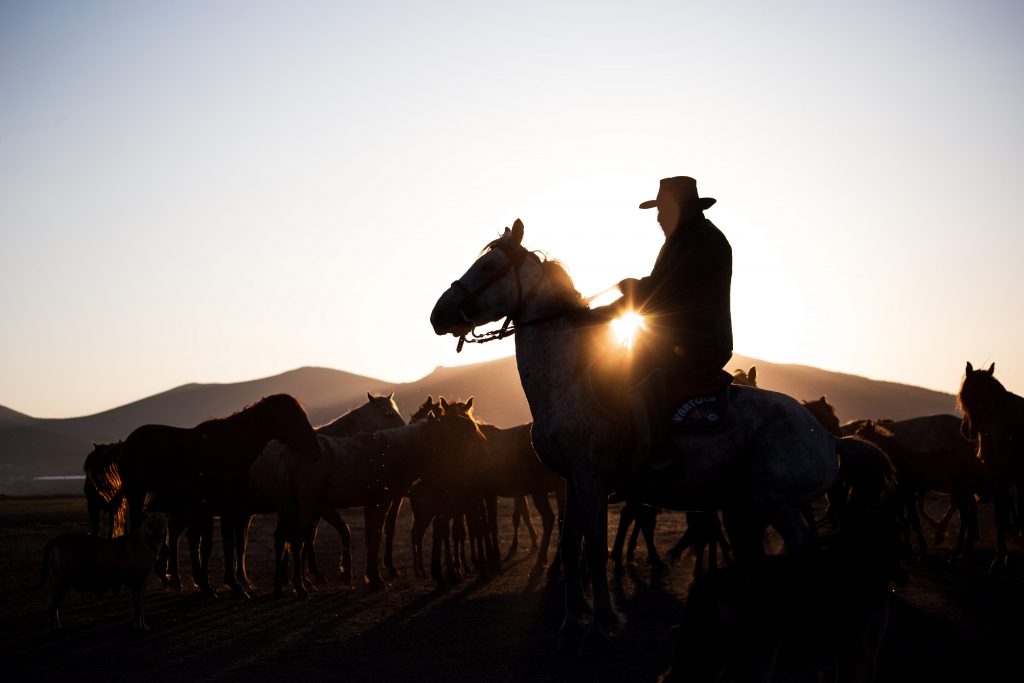
Cutting Red Tape and Increasing Access to Credit
One of the most crucial parts of this agenda is the emphasis on simplifying USDA applications and improving access to affordable credit. In recent decades, the federal farm loan system has drifted away from its original mission—supporting small producers—and instead diverted resources to large agribusinesses. Rollins’ commitment to redirect funding back toward small farms is a meaningful step toward restoring fairness in agricultural finance.
This reform echoes the concerns raised by agricultural advocates like Dustin Kittle, who recently warned that the Farm Credit System is now funneling billions in subsidized loans to mega-corporations instead of family farmers (ZeroHedge Source). If Rollins’ policies succeed in realigning funding priorities, hundreds of thousands of small farms could once again gain access to the capital they desperately need.
Preserving Farmland and Generational Transitions
Rollins’ plan also includes bold measures to protect working farmland from being lost to development and speculation. Her agenda aims to ensure that farmland is used to farm—not to become the next suburban sprawl. Additionally, by providing tools for succession planning, the USDA is recognizing that the future of agriculture depends on empowering the next generation to take the reins.
This is not just policy—it’s preservation. It’s about maintaining the continuity of culture, knowledge, and stewardship that family farms represent.
Defining Farms in Today’s Economy
One of the more overlooked but impactful points in Rollins’ agenda is the push to modernize the USDA’s definition of farm size. Current metrics often misclassify small and mid-sized operations, which affects their eligibility for resources and support. Updating these definitions to reflect today’s economic and operational realities is vital to ensuring that policy actually reaches the producers it’s meant to help.
Industry and State Leaders Rally in Support
Rollins’ initiative has received enthusiastic endorsements from a bipartisan coalition of state agricultural leaders:
- Governor Kim Reynolds of Iowa celebrated the alignment of USDA priorities with “the vitality of the next generation of farmers” (Iowa Source).
- Governor Jim Pillen of Nebraska praised the plan for supporting “strongly-rooted values and common-sense stewardship” (Nebraska Source).
- Governors Mike Braun (Indiana) and Mike Kehoe (Missouri) emphasized the importance of risk management tools and reliable credit access.
- Tennessee Commissioner Charlie Hatcher powerfully stated, “Food security is national security,” highlighting the role small farmers play in America’s resilience (Tennessee Dept. of Agriculture).
This groundswell of support from America’s ag leaders sends a clear message: Secretary Rollins has hit the mark.
Farmers First: A Philosophy Worth Fighting For
At the heart of this initiative is a simple but revolutionary philosophy: Put Farmers First. For far too long, federal policy has prioritized volume over values, speed over sustainability, and corporations over communities.
This new policy framework recognizes that resilient agriculture doesn’t come from consolidation—it comes from diversity, independence, and generational stewardship. It comes from farmers who know their land, know their animals, and know the value of feeding their neighbors.
Final Thoughts
In an era where food sovereignty is under increasing threat and family farms are vanishing, this isn’t just good policy—it’s survival strategy. Secretary Rollins’ plan is a vital course correction and a rallying cry for those who believe in preserving American agriculture as something more than a spreadsheet for multinational conglomerates.
It’s a future where young farmers can actually afford to start out, where local food systems are strengthened, and where farmers are free to farm, not bound by bureaucratic red tape.
And for that, America’s farmers—and all of us who depend on them—should be hopeful.
References:

